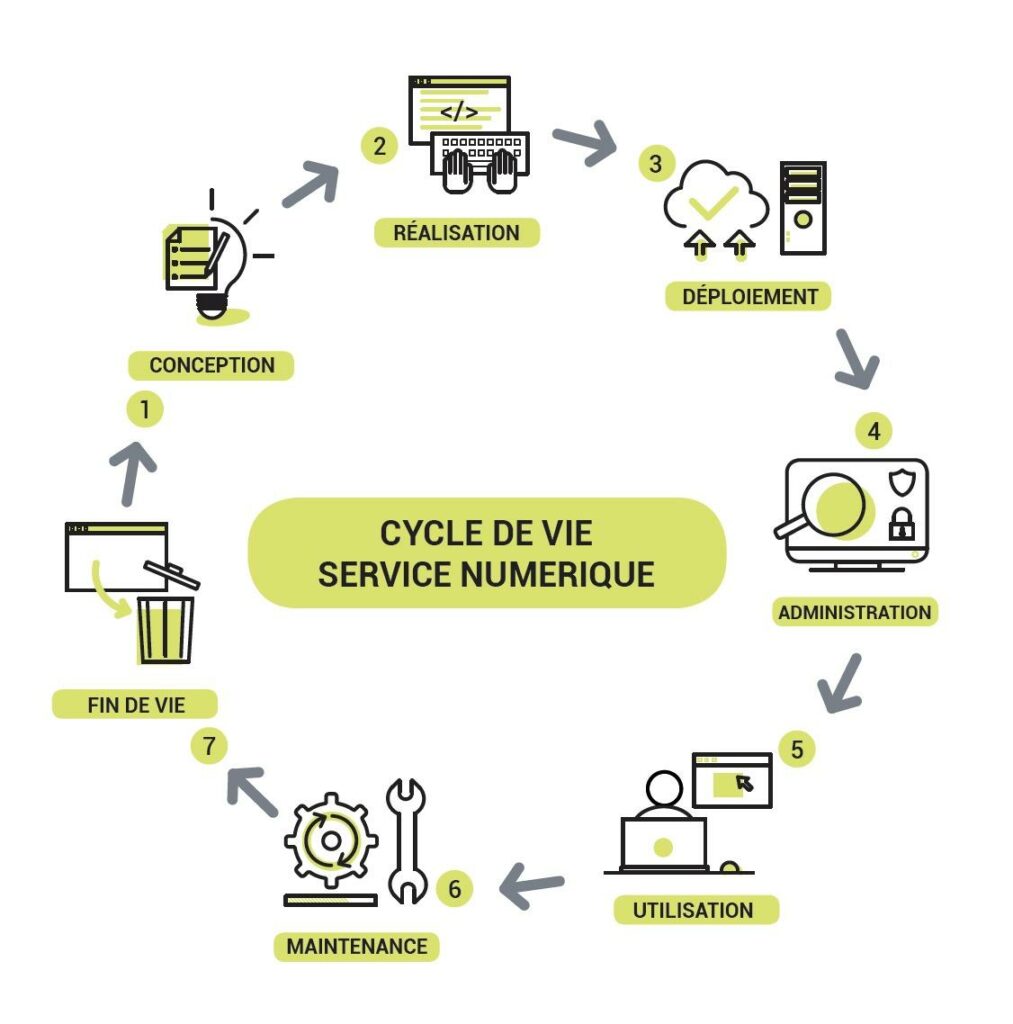Implemented after the 1929 crisis in the United States to stimulate the economy, programmed obsolescence became widespread in the 1950s and became a formidable weapon to "incite" consumers to frequently renew their equipment. What does it consist of? l'programmed obsolescence applied to new information technologies and software licensing? What is its impact on the environment? How can you extend the life of your equipment without compromising the performance of your IT?
What is programmed obsolescence?
The throwaway culture is defined as " all the techniques by which the marketer of a product aims to deliberately reduce its lifespan in order to increase its replacement rate ". This practice has become commonplace and results in products with a deliberately shortened lifespan, prohibitive repair costs and limited availability of spare parts. This unfair business practice is intended to stimulate over-consumption, leading to over-production that is in many ways devastating.
The impact of planned obsolescence on the environment
From an environmental point of view, disposable products lead to the overexploitation of raw materials, the destruction of ecosystems and the depletion of natural resources. Programmed obsolescenceproduces 20 to 50 million tons of waste each year in the world, most of which is buried in southern countries, with disastrous social and environmental repercussions. In France, it represents up to 20 kg of waste per person per year.
Programmed obsolescence concerns household appliances, high-tech products and cars. New technologies are also concerned by programmed obsolescence and the overexploitation of natural resources. For example, the manufacture of a computer requires nearly 800 kg of raw materials, with an equivalent emission of CO2 of 124 kg, while its life span is voluntarily limited.
The different types of programmed obsolescence
The Agency for the Environment and Energy Management (ADEME) distinguishes two types of programmed obsolescence :
- Functional obsolescence, in the case of a product that no longer meets expectations for technical, regulatory or economic reasons. Also called "planned obsolescence of function", it consists in making a product obsolete by launching a new product that meets your needs more effectively.
- Fashion obsolescence or planned desirability obsolescence, in the case of a product that no longer meets the user's desires because of its aging design, for example.
There are other types of of programmed obsolescence, like:
- Indirect obsolescence: the case of ink cartridges and printers is symptomatic of an abusive practice.
- Obsolescence by notification: when your computer or smartphone notifies you of a battery change.
- Incompatibility obsolescence: which is similar to functional obsolescence because it encourages the change of equipment to allow a software upgrade.
Programmed obsolescence of software, what is at stake?
Programmed obsolescence is a common practice in the software licensing industry. Publishers use it to maintain high revenue levels despite an installed base with little room for growth. For the French General Council for the Environment and Sustainable Development, software obsolescence can be defined as " finding its cause in the unavailability or malfunction of the software ". In concrete terms, software publishers release new minor and major software versions at a steady pace, causing problems of compatibility with the hardware configurations where they are installed and the integration by the user of new features that are not necessarily useful.
The development of cloud technologies and the widespread use of on-demand solutions have accelerated these unfair practices, making users and CIOs even more captive, as they have lost control of their licenses to vendors.
How to fight against programmed software obsolescence?
To fight against software obsolescence and extend the lifespan of your infrastructures in an eco-responsible way, simply replace your on-demand licenses with used on-premise software licenses. By favouring the use of perpetual licenses, you regain control over the evolution of your software architecture and decide the pace of updates according to the functional needs of your users. This strategy for optimizing your software assets allows you to accurately determine your needs, expected functionality and unused licenses. Thanks to the Softcorner marketplace, the European leader in the used software license market, you can buy cheaper software licenses you need (compliance, project development or equipping a new workstation) and sell your licenses decommissioned.







